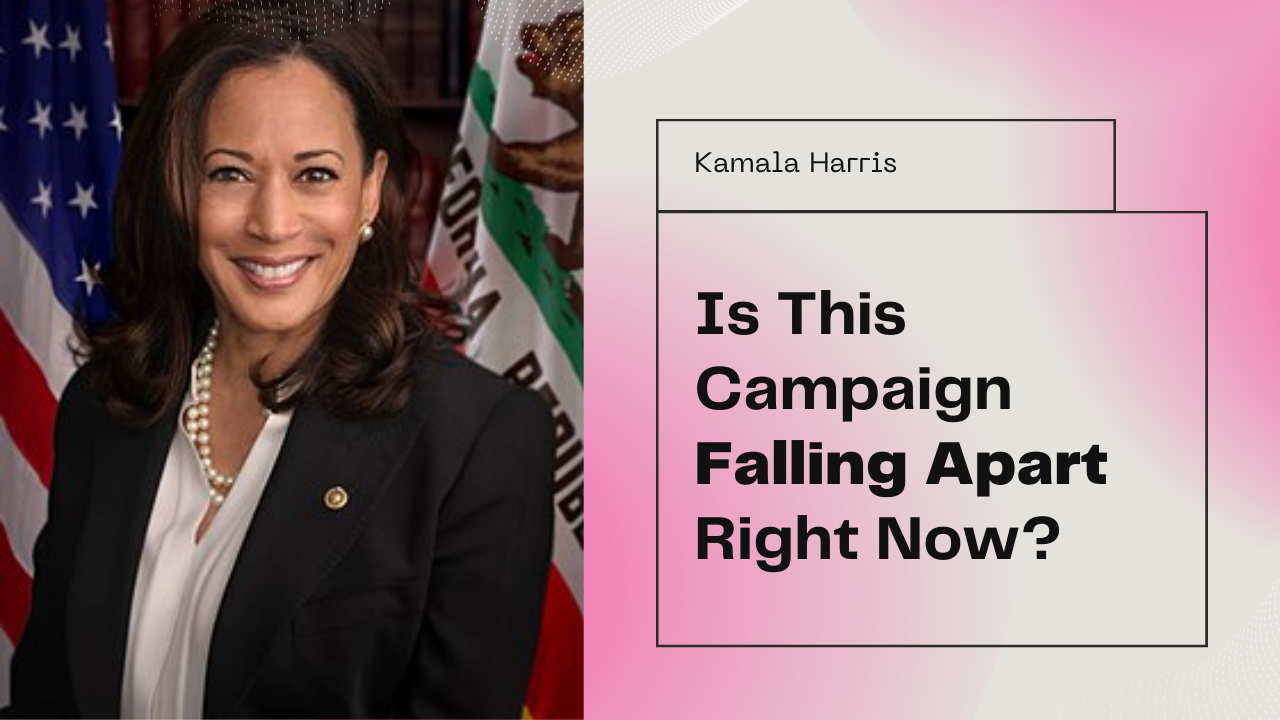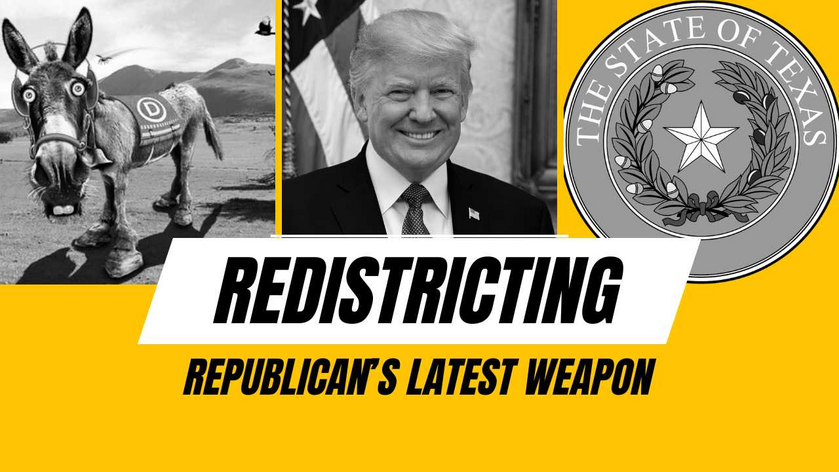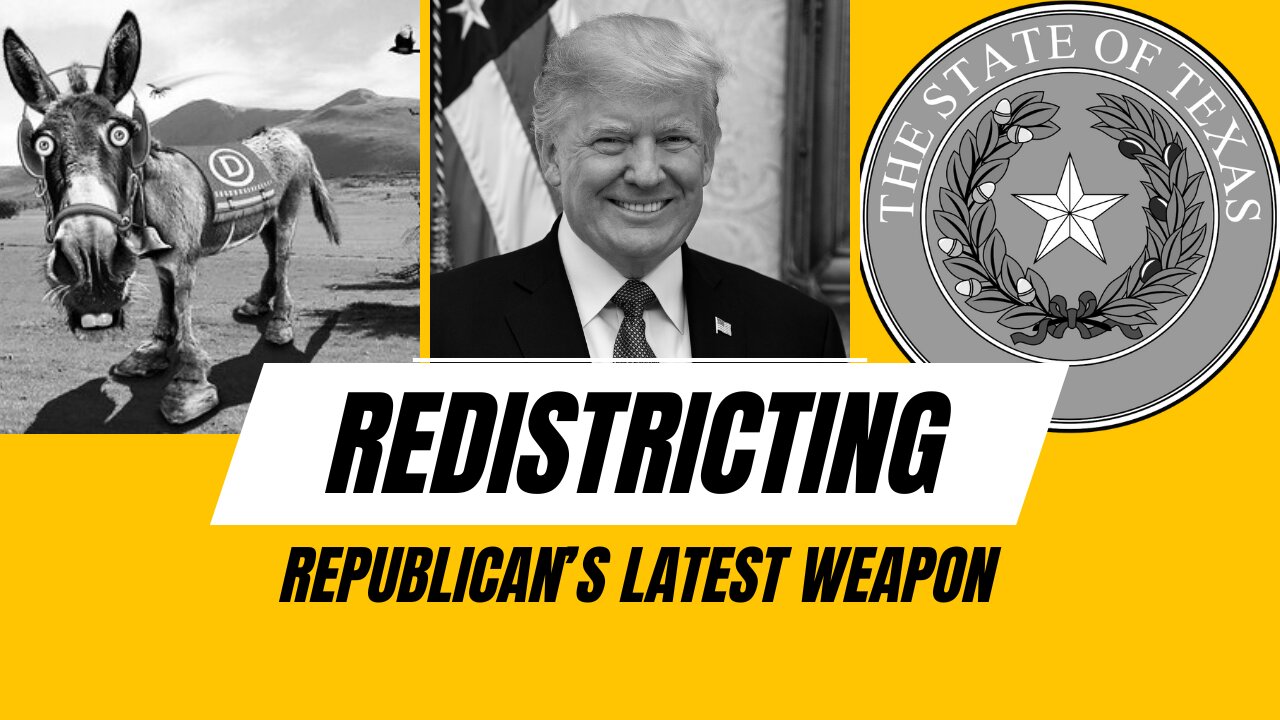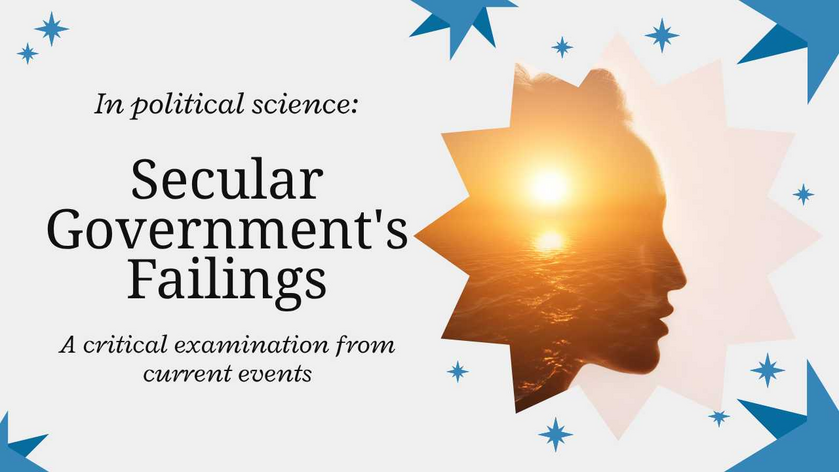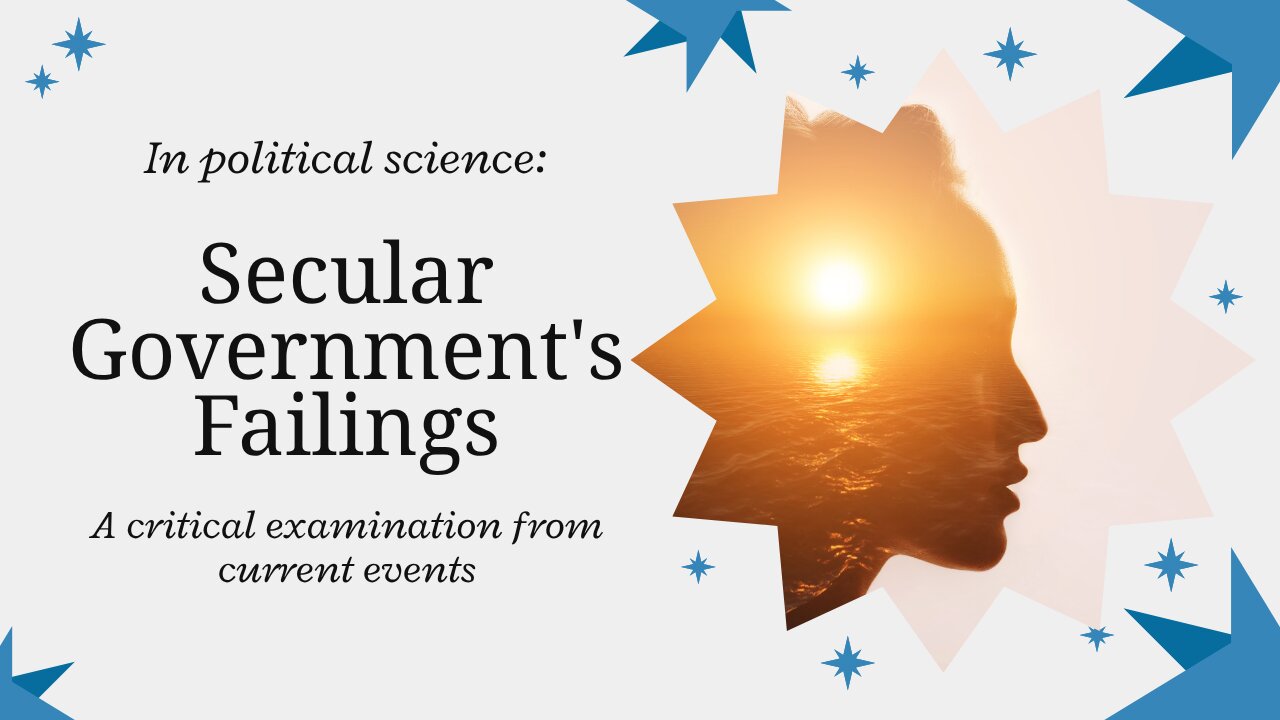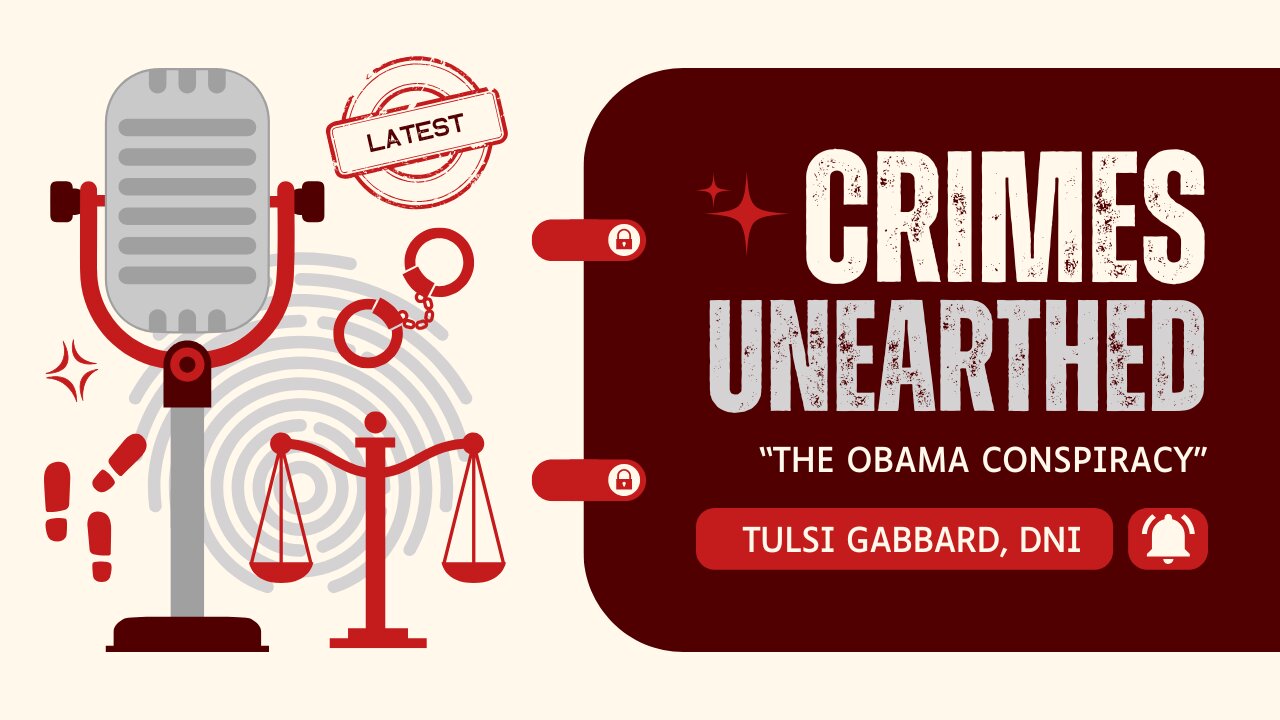The Colorado ballot disqualification case involving Donald Trump came to oral argument yesterday. In their questioning, the nine Justices all but signaled an intent to reverse the Colorado Supreme Court. If this holds, then Donald Trump will stay on the Colorado ballot. And for future reference, State disqualification of candidates for federal office will be far more difficult than ever.
The Trump disqualification case
The case is called Trump v. Anderson, case no. 23-719 before the United States Supreme Court. (See the docket.) Recall that, on December 19, 2023, the Colorado Supreme Court ruled that Donald Trump cannot appear on the ballot for the Republican Primary in Colorado. But they stayed their own ruling until January 4 – or until the United States Supreme Court:
Refused review, or
Granted review, then issued a final judgment, one way or the other.
The Supreme Court received a petition for review on January 3, so that immediately extended the “stay clock.” The Court granted review on January 5, on the specific question of whether the Colorado Supremes made a mistake. Thus the “stay clock” started running from that point forward, and will run until the Court makes a decision.
The Court has received nearly a hundred friend-of-the-court briefs, in addition to briefs by:
President Trump,
Colorado citizen Norma Anderson, who initially sued to have the Courts keep Trump off the ballot, and
The Colorado Solicitor General, on behalf of the Colorado Secretary of State.
Authorities cited in the briefs
Section 3 of Amendment XIV reads:
No person shall be a Senator or Representative in Congress, or elector of President and Vice-President, or hold any office, civil or military, under the United States, or under any State, who, having previously taken an oath, as a member of Congress, or as an officer of the United States, or as a member of any State legislature, or as an executive or judicial officer of any State, to support the Constitution of the United States, shall have engaged in insurrection or rebellion against the same, or given aid or comfort to the enemies thereof. But Congress may by a vote of two-thirds of each House, remove such disability.
President Trump’s attorneys relied on a plethora of authorities, two of which came up in the oral argument. First was In re Griffin, 11 F. Cas. 7 (C.C.D. Va. 1869), also known as “Griffin’s Case.” The Supreme Court held that disqualification from holding federal office required an Act of Congress. Chief Justice Salmon P. Chase, writing for the Court, apparently relied on Section 5 of Amendment XIV, which reads:
The Congress shall have power to enforce, by appropriate legislation, the provisions of this article.
Second was U.S. Term Limits, Inc. v. Thornton, 514 U.S. 779 (1995). The Court held that:
States cannot impose additional restrictions, such as term limits, on its representatives in the federal government beyond those provided by the Constitution.
Essentially Mr. Jonathan F. Mitchell, attorney for Trump, argued that Term Limits also forbids States to impose qualifications for any federal office that the Constitution does not contain. Although President Trump would not be a representative, a Presidential Elector pledged to vote for him, would be.
Argument by Jon Mitchell, attorney for Trump
See the oral argument transcript here.
Mr. Mitchell cited the Griffin case to show that Amendment XIV Section 3 is not self-executing. That means that Congress must first decide how to enforce it. (See Section 5). Beyond that, he offered two propositions before yielding to questions. First: Presidents are not “officers of the United States.” Such officers are appointed, not elected. Furthermore the Constitution says that the President “shall commission all the officers of the United States.” It does not say “all the other officers.”
Second, even if Trump were an Officer of the United States, and in that role had engaged in insurrection, rebellion, or giving aid or comfort to an enemy, no State could disqualify him ahead of time. The reason: Congress may remove any such disability before a President takes office. The window of opportunity presumably begins after Congress, in joint session, opens and counts the Electoral College ballots. It then ends before noon on Inauguration Day.
The Colorado Supreme Court, Mitchell said, did something equivalent to enacting a law that a candidate for the House or Senate must be a resident of the State for a fixed time before the election. But the Constitution says only that one must reside in the State “when elected.” So that would be an unconstitutional added qualification under Term Limits v. Thornton.
Questions for Mr. Mitchell
Justice Clarence Thomas began by asking Mitchell to address the lack of self-execution of Section 3. He said Congress must pass enforcing legislation for the State to have any role at all. Significantly, the Colorado respondents actually have asked the Court to overrule the Griffin case.
Chief Justice Roberts asked for, and got, a clarification of Mitchell’s analogy with State residency requirements for Congressional candidates.
Justice Sonia Sotomayor questioned Mitchell closely on his contention that Section 3 is not self-executing, nor may any State execute it in the absence of Congressional executing legislation. Justice Elena Kagan offered more questioning along that line.
Then Justice Amy Coney Barrett suggested that Mitchell had an even broader argument to make – that Congress could not enable the States to take any action themselves. Justice Alito agreed – but Mitchell didn’t seem to want to go quite as far as that.
Justice Brett Kavanaugh appeared to lend support to Mitchell’s use of the Griffin case. And remarkably, Justice Ketanji Brown Jackson pointed out that nowhere, in the list of barred offices in Section 3, does the word President or the phrase Vice-President appear. That actually provoked a flurry of arguments from Justices Sotomayor and Kagan.
Justice Neil Gorsuch, for his part, drew out clarification concerning who is, and who is not, a United States officer.
Argument by Jason Murray, attorney for Norma Anderson
Jason Murray fared far less well. He began with a dramatic argument, and probably ruined himself:
We are here because, for the first time since the War of 1812, our nation's capitol came under violent assault. For the first time in history, the attack was incited by a sitting president of the United States to disrupt the peaceful transfer of presidential power.
How anyone can compare a gathering that began peacefully – until Capitol Police officers provoked the crowd – to an assault by artillery and infantry against the city of Washington and its key buildings, is beyond CNAV’s comprehension. Nevertheless, that is how Murray set the stage. Beyond that, he said that Article II Section 1 Clause 2 (the Electors Clause), and Amendment X (Reserved powers), give States the power to do as they see fit.
Justice Thomas – as Cullen Linebarger of The Gateway Pundit would point out – immediately began a crippling line of questioning. He asked Murray to provide examples of States disqualifying national candidates shortly after the adoption of Amendment XIV. Murray did not and could not provide any. With one exception: the disqualification of John Christy as a candidate for the House in 1868. Oddly, Murray cited the ballot practices of the period as his reason for not being able to cite further examples. (The Governor of Georgia refused to certify Christy’s election because Christy had served in the Confederate Armies. But ballots as we know them today did not then exist. As noted here, ballots then consisted of write-in slips or light cardboard “tickets” with all a Party’s candidates’ names.)
Thomas, not satisfied, pressed further. Then he said he could not conceive of the federal government empowering States to disqualify candidates. Because what Northern States could do, Southern States could do also.
Other questions for Mr. Murray
Chief Justice Roberts agreed, saying that Amendment XIV would
be the last place [to] look for authorization for the States, including Confederate States, to enforce … the Presidential election process.
Murray disputed that, by saying the State power of disqualification derives from Article II. Not only was Roberts having none of that, but Justices Kavanaugh and Kagan both questioned Murray’s argument as well. Simply put, neither Kavanaugh, Kagan – nor Justice Barrett – would have one State unilaterally decide who was, and who was not, qualified to be President.
Roberts went on to remind Murray that, if the Court allowed the disqualification, many other States would start disqualification proceedings. Ultimately Roberts foresaw “a handful of States” having contested elections of Presidential electors. Then came this exchange:
MR. MURRAY: Well, certainly, Your Honor, the fact that there are potential frivolous applications of a constitutional provision isn't a reason that would --
CHIEF JUSTICE ROBERTS: Well, no, hold on. I mean, you might think they're frivolous, but the people who are bringing them may not think they're frivolous. Insurrection is a broad, broad term, and if there's some debate about it, I suppose that will go into the decision and then, eventually, what, we would be deciding whether it was an insurrection when one president did something as opposed to when somebody else did something else? And what do we do? Do we wait until near the time of counting the ballots and sort of go through which states are valid and which states aren't?
Soon, Murray got seriously into the weeds, by mentioning the de facto officer doctrine. That doctrine vindicates someone who takes orders from an officer later found disqualified. Murray first mentioned it when Gorsuch challenged him with a key implication of his argument. Which is that everything President Trump did, from January 6, 2021 onwards, was ultra vires. Murray mentioned it again after Justice Alito asked him whether military officers were justified in refusing to obey Trump’s orders. That’s when Justice Gorsuch lost all patience:
JUSTICE GORSUCH: So – so it operates – you say there's no – no legislation necessary – I thought that was the whole theory of your case – and no procedure necessary -- it happens automatically.
MR. MURRAY: Well, certainly, you need a procedure in order to have any remedy to enforce the disqualification, which is different –
JUSTICE GORSUCH: I – that's a whole separate question. That's the de facto – doesn't work here, okay? Put that aside. He's disqualified from the moment. Self-executing, done. And I would think that a person who would receive a direction from that person – president, former president in your view, would be free to act as he or she wishes without regard to that individual.
MR. MURRAY: I don't think so because I think, again, the –
JUSTICE GORSUCH: Why?
MR. MURRAY: -- de facto officer doctrine would nevertheless come into play to say this is the –
JUSTICE GORSUCH: No, de facto – that – that doesn't work, Mr. Murray, because de facto officer is to ratify the conduct that's done afterwards and – and – and insulate it from judicial review. Put that aside. I'm not going to say it again. Put it aside, okay? I think Justice Alito is asking a very different question, a more pointed one and more difficult one for you, I understand, but I think it deserves an answer. On your theory, would anything compel a lower official to obey an order from, in your view, the former president?
Justice Kavanaugh’s questions
Later, Justice Kavanaugh asked three pointed questions. First concerned the dissent by Justice Carlos Samour from the original Colorado ruling. Samour said he’d never seen anything like the District Court’s “proceeding” that “found” Trump guilty of insurrection. Concerning that, Murray insisted that Trump, in five days of trial, had the opportunity to call or cross-examine witnesses. Justice Samour would likely dispute that statement. In fact he decried the
makeshift proceedings employed by the district court below—which lacked basic discovery, the ability to subpoena documents and compel witnesses, workable timeframes to adequately investigate and develop defenses, and the opportunity for a fair trial—to adjudicate a federal constitutional claim (a complicated one at that) masquerading as a run-of-the-mill state Election Code claim.
Second, Kavanaugh reminded Murray that no one has charged President Trump in a federal court with insurrection – ever. Third, Kavanaugh asked Murray to think about how undemocratic it would be to enjoin a voter from a particular choice. In answer, Murray seemed to suggest that even the bare suspicion of insurrection ought to be sufficient to bar Trump.
And once again, Justice Jackson asked Mr. Murray the same thing she’d asked Mr. Mitchell. Which is: why doesn’t Section 3 bar someone from serving as President or Vice-President who has “engaged in insurrection”? Murray tried to suggest that “any office” includes the office of President. That did not seem to satisfy Justice Jackson.
Questions for Solicitor General Shannon Stevenson
Finally, Shannon W. Stevenson, for the State of Colorado, tried to stand on the “far-reaching” powers of a State Secretary of State. Immediately Justice Thomas reminded her that Colorado law doesn’t even have an express definition of “qualified candidate.” Chief Justice Roberts and Justice Alito drew out an admission that, regardless of any provision for judicial review by the States of Colorado, other States don’t have such provisions. Several Justices questioned Stevenson closely on whether Trump was afforded due process of law. These even included Justices Kagan and Sotomayor.
Mr. Mitchell came back for a brief rebuttal, and then Chief Justice Roberts intoned the time-honored phrase:
The case is submitted.
Why Trump will likely remain on the ballot
The oral argument transcript, as one would probably expect, indicates that the Originalists want no part of disqualifying Trump. They certainly want no part of a State taking such disqualification upon themselves. Surprisingly, Mr. Murray and Ms. Stevenson got no solace from the Moderate Bloc or even the Liberal Bloc. Justice Jackson’s skepticism is especially salient. The lack of mention of Presidents or Vice-Presidents in Section 3 obviously leaped out at her from the Constitution’s text. Why Mr. Mitchell didn’t think to press that point, only he can say, and he didn’t really say. But Murray’s attempt to contest the point did not satisfy, and she let him know that.
Unaccountably, even Mr. Mitchell left one thing out, which Justice Kavanaugh did not let rest. That is: no one has yet charged Trump with insurrection. Why Kavanaugh “took no position” on Justice Samour’s dissent, perhaps he will explain later. But that was a kangaroo court, and even Mr. Murray’s description of it cannot change that fact.
As other commentators have said, this case will likely fall 9-0 for Trump. The greatest variations CNAV expects are one Majority Opinion and up to four Opinions Concurring in the Judgment.
Link to:
The article:
https://cnav.news/2024/02/09/foundation/constitution/trump-likely-stay-ballot/
Video:

Trump v. Anderson:
Docket page:
https://www.supremecourt.gov/search.aspx?filename=/docket/docketfiles/html/public/23-719.html
Petition:
Argument Transcript:
https://www.supremecourt.gov/oral_arguments/argument_transcripts/2023/23-719_4d46.pdf
Declarations of Truth X feed:
Declarations of Truth Locals Community:
https://declarationsoftruth.locals.com/
Conservative News and Views:
Clixnet Media

